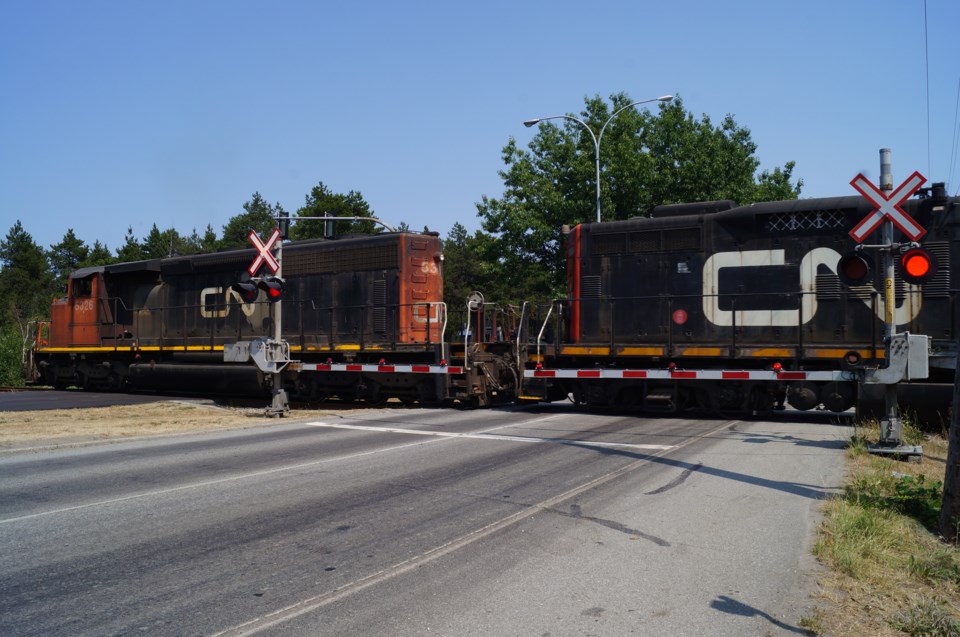No matter where you live, chances are you will face some challenging driving conditions in the months ahead - yes, even in Burnaby.
Freezing rain, snow, sleet and whiteouts can make winter driving downright dangerous. OK, perhaps the whiteouts aren't likely here in Burnaby, but things can get rough in winter here.
And we know some drivers in Burnaby make dumb decisions.
At the end of September, Burnaby RCMP staked out some railway crossings during Rail Safety Week and witnessed one driver racing under a rail arm just as it was coming down. Imagine trying to do this in icy conditions.
In fact, according to the Transportation Safety Board, there’s a spike in railway crossing incidents during the winter months. This is due to many factors, including:
· Ice and snow making it harder for drivers to stop and manoeuvre their vehicles;
· Snowy roads that hide pavement markings;
· Blowing snow, fog, and sleet that reduce visibility;
· Snowbanks and snow in trees reducing sight lines;
Reducing the likelihood of being in a serious car accident in winter starts with proper planning and knowing your rail-safety basics.
It also means not making dumb decisions in bad conditions.
Following these simple tips from the CN police can help keep you safe when you encounter train tracks this winter:
Plan aheadand check the weather forecast before travelling—not only for your current location, but also for your final destination. If conditions deteriorate while you're on the road, stop at the nearest town or rest area and wait until it's safe to continue driving.
Reduce your speedwhen road conditions are poor, it takes longer to stop. Always slow down well in advance of a railway crossing. The more time you have to react, the better chance you have of avoiding a collision.
Avoid distractionswhen approaching railway crossings turn off your radio and heating fans so you can listen for trains. Reduced visibility and sounds from a storm can make it more difficult to see and hear if a train is coming. Roll down your window—especially if it’s frosty or foggy—and look both ways before crossing the tracks.
Look for railway warning signs and signalssnow may cover train tracks at a crossing, making them look like the road. Look for warning signs and other indications that there is a railway crossing ahead so you can prepare to stop, especially when driving at night.
Use winter tiresthey have treads designed to grip ice and snow, so you will be less likely to slide on the road or into the side of a train. All-season tires can begin to lose their traction when the temperature drops below 7°C.
Don’t drive impairedalcohol and drugs such as marijuana reduce your ability to pay attention, react quickly and make safe driving choices.
Remember "any time is train time". Be rail-smart this winter: Look. Listen. Live.



